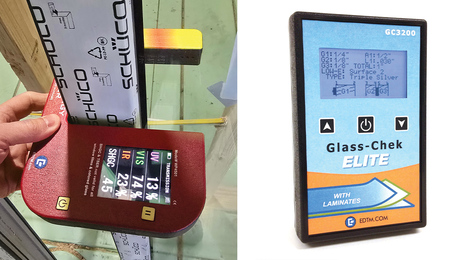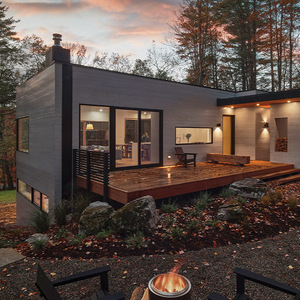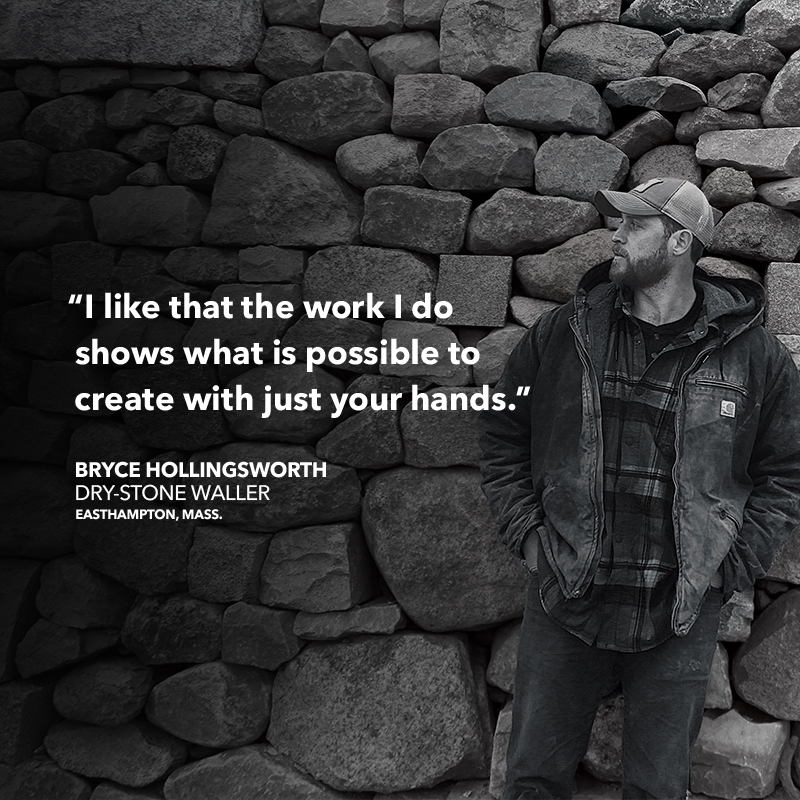Bad New Years Eve last night. We’ve been redoing our upstairs/downstairs hall for several weeks in our spare time. Rock lath walls and we got ALL the wallpaper and glue off. But the walls had lots of dents, gouges and scrapes. I decided to use Durabond Easy Sand instead of AP joint compound for this room (I’m trying to evolve). A lot of the patches were really thin, just to cover the scratch and get it flush. Did several coats here and there and then sanded.
Finished sanding yesterday morning, then DW went over the whole hall with a very nearly dry sponge just to grab the dust off the walls. I checked the walls again last night and:
1. much of the thinner patches are gone completely (off with the sponge?).
2. many of the patches that are left have little bubble holes or marks that look like popped bubbles on them.
3. All the patches that are left are much rougher on the edges and don’t transition smoothly to the original plaster.
So what’s up here? Did I mix the JC up badly? Did the sponging kill it? Should I have used PlasterWeld first? Is there some minimum Durabond patch thickness? How do you do this right!?
We’ve got to start over now and DW is very upset. BTers help!
Thanks and Happy New Years.
-bobs
Edited 1/1/2006 9:01 am ET by BobS



















Replies
Sounds like you may have mixed it a little thin to begin with, try little thicker.
Vacuum it next time, sounds like the sponge was too wet too long.
Remodeling Contractor just on the other side of the Glass City
JHOLE,What's the right consistency? I tried to get it like frosting because it was easy to work. What texture am I going for?Also, the bag says to add water in two stages with a minute or so in between. I often just added it all at once and mixed, then added a drop or two of water or durabond to get the consistency I liked. If the consistency was bad, should I scrape off the stuff that managed to stick and really start from scratch or is it good enough as long as it sticks?Thanks for your help. We'll try the vac next time.
I'd go a little more- towards peanut butter.
I don't think the mixing sequence is all that important.
I wouldn't scrape off what stayed unless it was mixed way to thin - frothy.
Remodeling Contractor just on the other side of the Glass City
Try a pre-mixed spackle like MH Ready Patch (Zinsser) instead.
happy?
You should use a bonding agent, like weldbond or the like.
Also I like to use the premixed mud for small patches, it seems to adhere better. If you mix in a little dishsoap with the premixed joint compound that will help with the bubbles. Sounds backwards, but it works. Not too much, but just enough. I can't really give a specific ratio.
---------------
Buy Sam a drink, and get his dog one too.
I decided to use Durabond Easy Sand instead of AP joint compound for this room...
I'm not sure which product you used. Durabond is typically used as a taping compound while Easy Sand is a topping compound. Either will work, but the Durabond is much harder to sand, so I'm assuming you used the Easy Sand. At least, that's what I would recommend if you want to use a setting-type compound for patching.
Based on your description, I'm almost certain that way too much water was used. When I "dust" the walls after sanding, I use a well wrung-out rag rather than a sponge (it's drier). Even with the rag, I use a very light touch because I don't want to remove any material.
I've seen walls that have been wet-sanded with a sponge that came out pretty good, but I don't have the knack to get the quality that I want. I use a drywall sanding screen to feather the edges.
The bubbles were most likely caused by "technique". That is, it does require the right touch to lay down the joint compound smoothly. A mixture that is too wet makes it harder to avoid bubbles, but it can be done. I shoot for a consistency that is just wet enough to work with, but no wetter. Thicker than frosting, not quite as thick as peanut butter. As others said, you may find "Spackle" easier to work with. Spackle is not the same as joint compound (either pre-mixed or setting-type), but I don't know what the ingredient difference is. Spackle comes out of the can a little thicker than my joint compound consistency. But it tends to flow easier as you work it so that may be a good consistency to shoot for.
There's another possibility for the bubbles: If you sand between coats, dust the walls lightly afterwards. Otherwise, some dust may get caught between layers. Any moisture (such as paint) will free the dust and leave a crater.
Don't think of it like you have to "start over". You just have the opportunity to get more experience :-). Go over the walls again with a damp rag to remove any dust and spackle/joint compound the low spots.
One more thing... prime the walls before painting. Any low spots will be easier to see after priming and you can just touch it up again.
-Don
to remove most bubbles, add dish soap,mix at low speed,drop bucket on foor multiple times to bring bubbles to top and or repeatedly tap bucket on sides with hammer. when doing the finish skim,try to keep the knife at a 90 deg. angle
As to the dishsoap, I've heard floetrol added to the mix works as well, but I'm a little uneasy of adulterating the recipe until I can get it to work as Sheetrock prescribes. But dishsoap is cheaper than floetrol, so I'll keep that in mind.
anything to break he surface ensioon of the water in the mix, see above post
Welcome to the Taunton University of Knowledge FHB Campus at Breaktime. where ... Excellence is its own reward!
All good advice. I realized I posted too early in the morning and messed up a bit. I did use Durabond for some deep holes and that worked very well. I then used Easy Sand (Sheetrock brand) lightweight setting type for the rest and that is the layer that's the problem. Don, when you say "too much water was used," do you mean in the sponging or the original mixture? Sounds like you don't like the sponging, but do you think the original mixture was bad as well?I don't like spackle - it takes too long to harden. I'll use AP joint compound or patching plaster or plaster of paris if I have to use something else - those have worked fine in the past - P of P is just too much of a pain to use for a whole room.Strange thing is, I didn't see any of the bubble marks before the sponging, but maybe there was too much dust on the wall.
Edited 1/1/2006 12:04 pm ET by BobS
Don, when you say "too much water was used," do you mean in the sponging or the original mixture? Sounds like you don't like the sponging, but do you think the original mixture was bad as well?
I meant when sponging. The original mixture may have been too wet also, but I've gotten wet mixtures to work ok. It's just not as easy.
And no, I don't like sponging unless for some reason it's imperative that I don't create any dust. BTW, it's easier to sponge pre-mixed compounds than the setting-types.
-Don
I got advice on here to use durabond 20, although at first I had to get accustomed to it setting in 20 minutes and woking time of maybee 10 It did bond verry well to my plaster. My house had the exact same situation as yours same gyproc with plaster coating lots of dips and waves I fixed the bad ones and rest I left for character. If you skim on the 20 as a first coat and then use 45 or 90 later ontop you may avoid some grief. I primarily sprayed the low spots with superstick 77 applied fiberglass mesh just to start and from ther I built up gradually. Db is a bit of a pain to sand so I had to make a little extra dust and hook up to my orbital sander. Actually quite dusty but you have very good controll over how much your taking it down. Good luck with your project.
I start with a bonding agent for patching plaster. Some guys use a mist fist, while the mix is slacking off.
Bt mixing and then applying, you did not let it slack off and this has as lot to do with the bubbles. Under a microscope, mixes like this are like a bunch of particles shaped like suction cups, wehich is partly how it gets its bonding stremgth, but those cups hold air when first mixed, so a brief wetting down to relax it and let the surface tension of the water break before re-mixing lets much of that air bubble out first, before aspplication. Some guys add a teaspoon of dish detertgent to as bucket to help with this problem.
Pre misting the walls or applying bonding agent also helps prevent the edge problems you see. Dry plaster will draw the moisture out of the mix before it has time to set, leaving a very thin powder between new and old to interfere with a good bond. So wetting, a bnonding agent, or even a decent primer coat can help.
Another possibility depends on the age and history of your house, Some had old Muerusco paint which is basicly wet chaulk that takes severasl washings and rinses and a special primerr tyo overrcome. But I doubt this was your problem because it would probably have created problems in the WP and would have mostly come off in the removal process.
Welcome to the
Taunton University of Knowledge FHB Campus at Breaktime.
where ...
Excellence is its own reward!
Thanks, Piffin. Always appreciate your advice.I'm mixing this stuff up in a trough a plastic cup full or two of dry compound at a time. So I'm not sure how much soap to add to that small an amount. I'm not fast enough to do a whole bucket of 45min Easy Sand before it seizes up. Are we talking liquid dish soap here, or actual detergent (powder)?
liquid. Maybe a drop?
Welcome to the Taunton University of Knowledge FHB Campus at Breaktime. where ... Excellence is its own reward!
Thanks for the advice to everyone.I cleaned all the dust with a nearly dry rag, and went over all the dents again with PlasterWeld then Easy Sand. Then sanded. There are some ridges where the PlasterWeld dripped, but I think I can probably cover them in another pass. The peanut butter-frosting consistency of the Easy Sand is really not easy to work with. I have it slightly thinker than AP Joint Compound.I went over a wall again last night with a nearly dry rag and everything seems to be adhereing better. Thanks for the advice.The Easy Sand seems to scratch fairly easily (like with a fingernail), which is why its easy to sand I suppose. But then I may as well just use spackle. Does it harden up at all or do I really need to use Durabond? I'm just trying to cover very shallow dents and scratches here and there.
Totally non-scientific -- It seems when you prime and top coat the compound will toughen up a bit. I know what you are saying but I have never had a problem with es 45 after everything is finished.Remodeling Contractor just on the other side of the Glass City
the same also goes for the drying type compounds ( green and blue top)... priming will harden the whole lot up.
james
Excellent. Thanks for your help!
I've used a product called Concrete Fill to do major repairs on plaster. It has fibre in it, and it probably sands about the same as durabond. I use it more as a scratch coat though, over the lathe. I've had some problems with the durabond too, I think it's when I try to use it too long and it's starting to set up, then it doesn't want to stick. I found the bubbles came from mixing at too high of a speed.